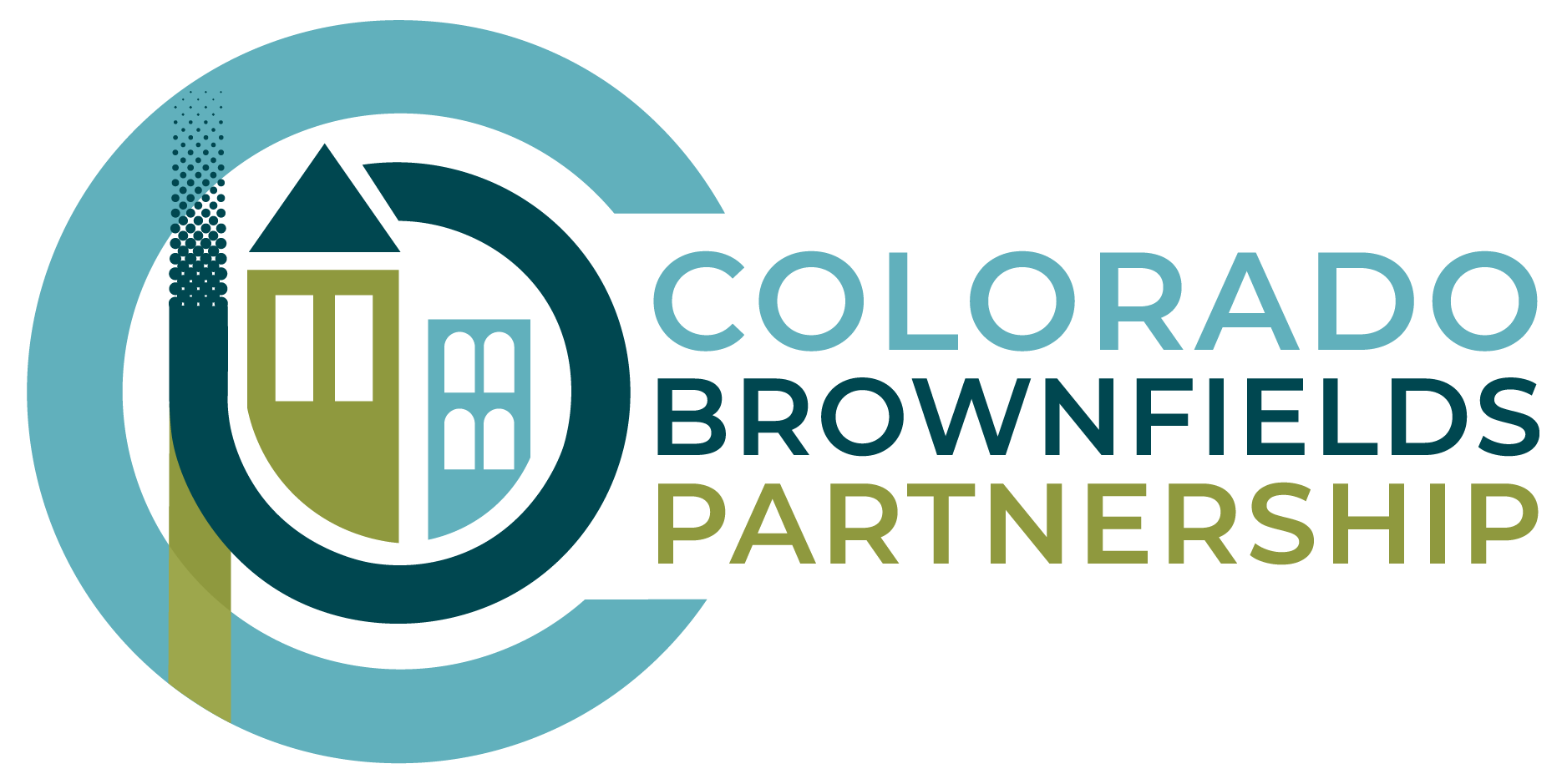You’ve likely encountered hundreds of brownfield sites in your lifetime without even knowing it. They tend to hide in plain site, but they are sprinkled throughout every community.
Unless you’re a brownfield nerd like us at the Colorado Brownfields Partnership, the term “brownfield” may not sit at the front of your brain everyday. But once you understand the definition of a brownfield, and how to identify them, you’ll be amazed at how frequently you encounter them.
Definition
A brownfield is any property that is abandoned or underutilized due to the presence, or potential presence, of a hazardous substance. Pollutants like gas, oil, lead, and mercury are possible substances that can prevent a property from reaching its full potential.
At first glance, it’s hard to tell if a site is contaminated, and in fact, the only way to know for sure is through testing. The good news is that we categorize properties with potential pollutants as brownfields too. It’s important to include sites that are unverified in our definition because perceived contamination alone can prevent redevelopment due to the risk associated with bank financing or transferring ownership.
Identification
The best way to identify a brownfield is to ask, “What was the site used for in the past? What is it used for now?” For example, old factories, vacant gas stations, manufacturing plants, and historic buildings are well know to have environmental contamination. See below for the types of hazardous substances that can be found in different types of brownfield properties:
- A landfill can be a brownfield due to the presence of burning wastes from past operations. Specifically, they can have PAH contamination- pollutants that are created during the incomplete burning of materials like coal, oil, and wood.
- A historic building can have traces of asbestos. Asbestos, a naturally-occurring mineral, was popularly used in building materials up until the 1970s. However, it is now known that the mineral can cause serious and deadly diseases once inhaled.
- A dry cleaners can be contaminated with tetrachloroethylene, a solvent that serves as the primary ingredient in the dry cleaning process. When directly exposed, the solvent can cause cancer.
Although these are just a few examples, brownfields can vary greatly in type and contamination. When caring for your community’s environmental health, as well as searching for redevelopment opportunities, identifying and tackling brownfield sites is the way to go.
